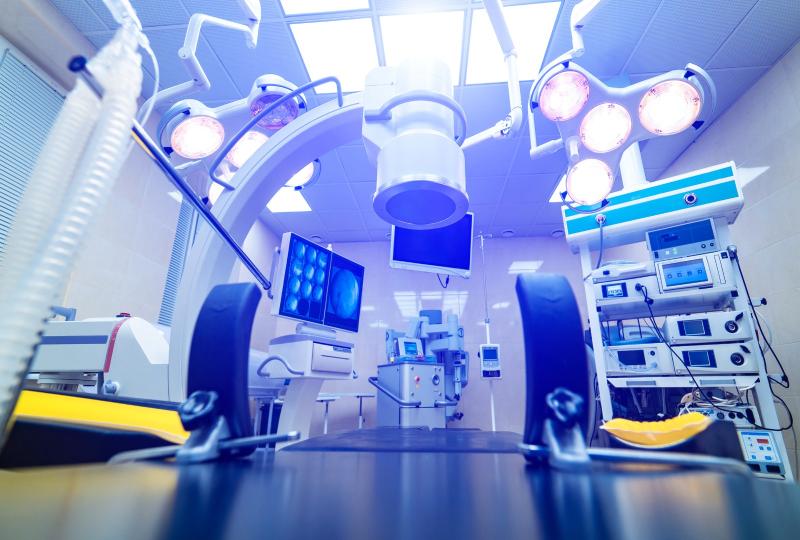Medical Device Cleaning: Ensuring Patient Safety The Importance of Following Established Procedures
Introduction to Medical Device Cleaning
Medical devices are essential tools used every day in healthcare facilities to diagnose, treat, and monitor patient health. However, these devices must be properly cleaned and disinfected between each use to prevent the spread of infection. If not cleaned correctly, medical equipment can harbor dangerous pathogens and put patients at serious risk of contracting healthcare-associated infections. Proper cleaning is a vital component of infection prevention and should never be overlooked or done half-heartedly. This article provides an overview of recommended cleaning procedures for different types of medical equipment.
Disinfection vs Sterilization
It is important to understand the difference between disinfection and sterilization when discussing Medical Device Cleaning. Disinfection reduces pathogenic microorganisms to levels considered safe for handling, but it does not necessarily destroy all microbial life. Sterilization, on the other hand, destroys or eliminates all forms of microbial life, including transmission of bacteria, viruses, parasites, and fungi. Most reusable medical devices require high-level disinfection between patients to remove soil and reduce the bioburden. Only heat-stable instruments used inside sterile body areas undergo sterilization.
Cleaning Process for General Medical Equipment
The majority of non-critical medical devices, such as stethoscopes, blood pressure cuffs, and otoscopes, only require low- or intermediate-level disinfection between uses. The cleaning process involves the following basic steps:
- Precleaning: Devices are wiped down at the point of use to remove any visible soil or debris using a disinfectant cleaner.
- Cleaning: Equipment is manually cleaned with soap/detergent and warm water using brushing as needed to remove any remaining soil or residue.
- Rinsing: All detergent is rinsed off thoroughly to prevent irritation.
- Drying: Equipment is allowed to dry fully before disinfection or storage.
- Disinfection: Cleaned items are submerged in an EPA-registered hospital disinfectant with adequate contact time.
Once these steps are completed, devices are inspected for quality before being stored or returned to service. Regular cleaning is important to remove soil that can shield microbes from disinfectants.
Cleaning Endoscopes and Surgical Instruments
Medical instruments that penetrate the skin or enter sterile tissue and body cavities, such as endoscopes and surgical equipment, require special handling and cleaning protocols due to their risk of transmitting infection if contaminants remain. The reprocessing of these devices typically involves:
- Gross soil removal at the point of use using enzymatic cleaners to pre-soak instruments.
- Manual cleaning in the reprocessing area using brushes and water with detergents or enzymatic cleaners to remove protein, blood, and other residues.
- Thorough rinsing of all detergent residues.
- Automated cleaning using washer-disinfectors, which utilize ultrasonic energy, mechanical brushing, flushing, and cleaning chemicals.
- Inspection and disassembly as needed to ensure all lumens and joints are accessible and clean.
- High-level disinfection or sterilization depending on the Spaulding Classifications.
- Drying, assembly, packaging, and labeling before storage and distribution for subsequent use.
Extra care is taken with heat-sensitive items that can only tolerate low-temperature sterilization methods like hydrogen peroxide gas plasma. Additional quality control checks are also vital to confirm proper cleaning for equipment inserted into sterile body sites.
Monitoring and Compliance for Patient Safety
Ensuring consistent compliance with recommended medical equipment cleaning protocols is crucial but can be challenging for busy healthcare facilities. Regular audits, staff competency assessments, and environmental sampling help monitor cleaning effectiveness over time. Any breaches or noncompliance must be thoroughly investigated and addressed to provide patients with the safest possible care.
Get more insights on Medical Device Cleaning
